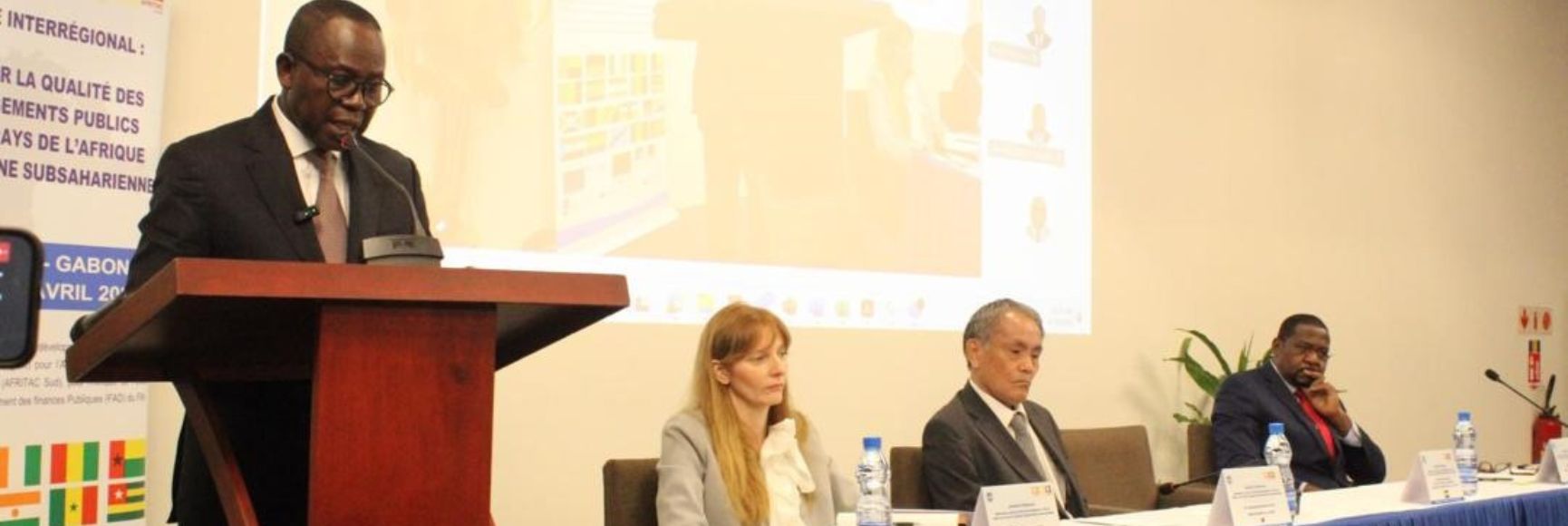Posted by Richard Allen[1]
In most advanced western countries, the use of a national development plan as the primary tool of policy-making died out two generations ago, as it largely did in countries of the former Soviet Union in the early 1990s. However, national development planning continues to be a dominant policy instrument in many low-income and emerging market economies. Similarly, public investment plans (PIPs), which were in vogue in the 1970s, then fell from grace as theories of economic development based on capital accumulation lost influence, are now fashionable once more. What explains these developments? Why is planning deemed useful and relevant for developing countries, but has become outmoded in more advanced countries?
It should be clarified that the planning functions and instruments have not truly disappeared in advanced countries; rather, they have been replaced by other processes and instruments of policy that are judged superior in terms of their flexibility and usefulness. In particular, in the last fifty years, developed countries have developed a broad-based approach to policy analysis and review that is based upon a medium-term expenditure framework (MTEF), program budgets, and performance evaluations. These tools are combined with regular discussion by ministers, often through the cabinet mechanism, of priorities for defense, education and health, social security, agriculture, and other key sector policies and programs.
In addition, wide-ranging discussions of government policies, with varying degrees of openness, take place either before general elections (in countries with single party governments) or immediately after elections (as part of the process of forming a coalition government). Comprehensive reviews of expenditure policies, including systematic analysis of their impact and performance, are also carried out at regular intervals in Australia, Canada, the Netherlands, New Zealand, the United Kingdom and other advanced countries. A few countries (for example, New Zealand, Norway and the U.K.) have developed sophisticated tools for managing capital assets. These approaches are deemed more flexible and effective than traditional five-year development plans.
Such elaborate approaches to policy-making are not yet possible in developing countries, most of which do not have comprehensive MTEFs, mechanisms for collective decision-making through cabinet, or comprehensive spending reviews in place. Nor do these countries have sufficient capacity to undertake this kind of analysis. It is likely to take many years for such an evolution to occur. In the meantime, how should developing countries be advised to move forward?
I would argue that there are two key issues on the planning/budgeting relationship which need to be clearly distinguished. First, how prominent a role should planning play in a developing country, especially one with substantial reserves of natural resources? Second, what steps should a country take to integrate its planning/budgeting functions and processes, and what are the appropriate institutional arrangements (for example, unified planning and finance, or separate agencies)?
On the first topic, consider a country such as Mongolia, where I recently visited. Mongolia faces huge development challenges in the medium-term as enormous deposits of coal, copper and other minerals in the South Gobi region are exploited. These resources, if managed well, could increase Mongolia’s GDP by a factor of three or four over the next decade. Will Mongolia become the Chile of South-East Asia, or be trapped by the resource curse? Both outcomes are possible, as Mongolia’s institutions have not yet been tested with such a huge inflow of resources.
In order to take advantage of the opportunities ahead, Mongolia needs to develop its institutions of planning and finance. With the support of the Bank and Fund, new laws on budgeting and planning have been drafted. New ideas, such as establishing a publicly-owned national development bank, are on the table but, as suggested by the mixed experience of other countries in establishing such banks, will only be successful if politics are kept out of the bank’s decision-making process. At the same time, the current economic development agency is small, and inadequately equipped to deal with the challenges ahead. Its relations with line ministries and other development partners need to be strengthened. The country needs to have a strong planning ministry, possibly under the prime minister’s office, with the resources and political authority to undertake the necessary analysis of alternative planning scenarios and strategies, prepare legislation, and bring together the center of government, line ministries, the private sector, and the international community into an effective development partnership. Relations with the exceptionally powerful parliament need to be carefully managed.
These tasks go way beyond the mandate or skills of the finance ministry with which, however, the planning ministry needs to work effectively to coordinate all financial aspects of development planning. The finance ministry needs to work on developing an effective MTEF, and strengthening its capacity for analyzing expenditure proposals. A PIP can play a useful role in identifying investment projects of key strategic importance, and analyzing those that can be financed through the budget, or by alternative financing sources such as overseas development assistance, public-private partnerships, or the proposed development bank, all of which require an appropriate financing and governance framework. The finance ministry needs to be fully engaged in the design of these new institutions. In relation to Mongolia, however, I do not believe that better coordination of the planning and budgeting processes requires the amalgamation of the planning and finance ministries into a single administrative entity, though this may make sense in the longer term.
In relation to the second topic, I would argue that, in some developing countries, the time may have come to move down the path of evolution suggested by developed countries – “shrinking the P” in the interface between budgeting and planning. A country such as Rwanda, which I also visited recently, could be a candidate. Rwanda has some of the smallest, and in some senses most efficient, government agencies in the world. The core functions of central government are carried out by some 500 staff, of which only 120 work in the finance ministry.
The planning and budgeting functions in Rwanda are both located in the finance ministry, under separate departments. However, even though the functions are fully integrated on paper, coordination could be better in practice. Multiple planning instruments and procedures have been developed, which are complex to administer, and are not well integrated with the budget process. In contrast, the MTEF has little practical influence on resource allocation, while the budget itself is essentially prepared on an annual basis. There is a strong case for refocusing and streamlining the planning process on the evaluation of high-level strategic issues, with a medium- to long-term time horizon, and monitoring progress in achieving the millennium development goals (MDGs) and other government priorities. At the same time, the MTEF could be developed as the core instrument of medium-term policy-making, and in setting priorities for economic development and resource allocation. The budget and planning departments of the finance ministry could be merged, to ensure that planning and budgeting are seen as two sides of the same coin rather than as competing policy frameworks.
In all countries, whatever the institutional arrangements for planning/budgeting may be, it is important that an effective mechanism for coordinating the budget process and the planning process be developed. The MTEF can create a useful bridge between planning and budgeting, as it has done in effect in most OECD countries, but needs to evolve from a simple macro-fiscal framework into a comprehensive process that, in effect, replaces the annual budget. Most developing countries have not yet achieved such a state of the art.
In conclusion, I believe that: (i) every developing country needs to develop its own, unique framework for planning and budgeting that matches its circumstances and political environment; (ii) national development plans (often designated as poverty reduction strategies), PIPs and separate planning ministries or agencies make sense in environments where the development challenges are exceptionally large, but not to the exclusion of MTEFs and other modern techniques of budgeting, which need to be developed in parallel; and (iii) over time, “shrinking the P” makes sense and, indeed, is a natural development, but the pace at which this happens will vary enormously from country to country.
[1] Richard Allen is currently employed as a consultant working with the World Bank. The views expressed in the blog do not claim to represent the views of the Bank.
Note: The posts on the IMF PFM Blog should not be reported as representing the views of the IMF. The views expressed are those of the authors and do not necessarily represent those of the IMF or IMF policy.





